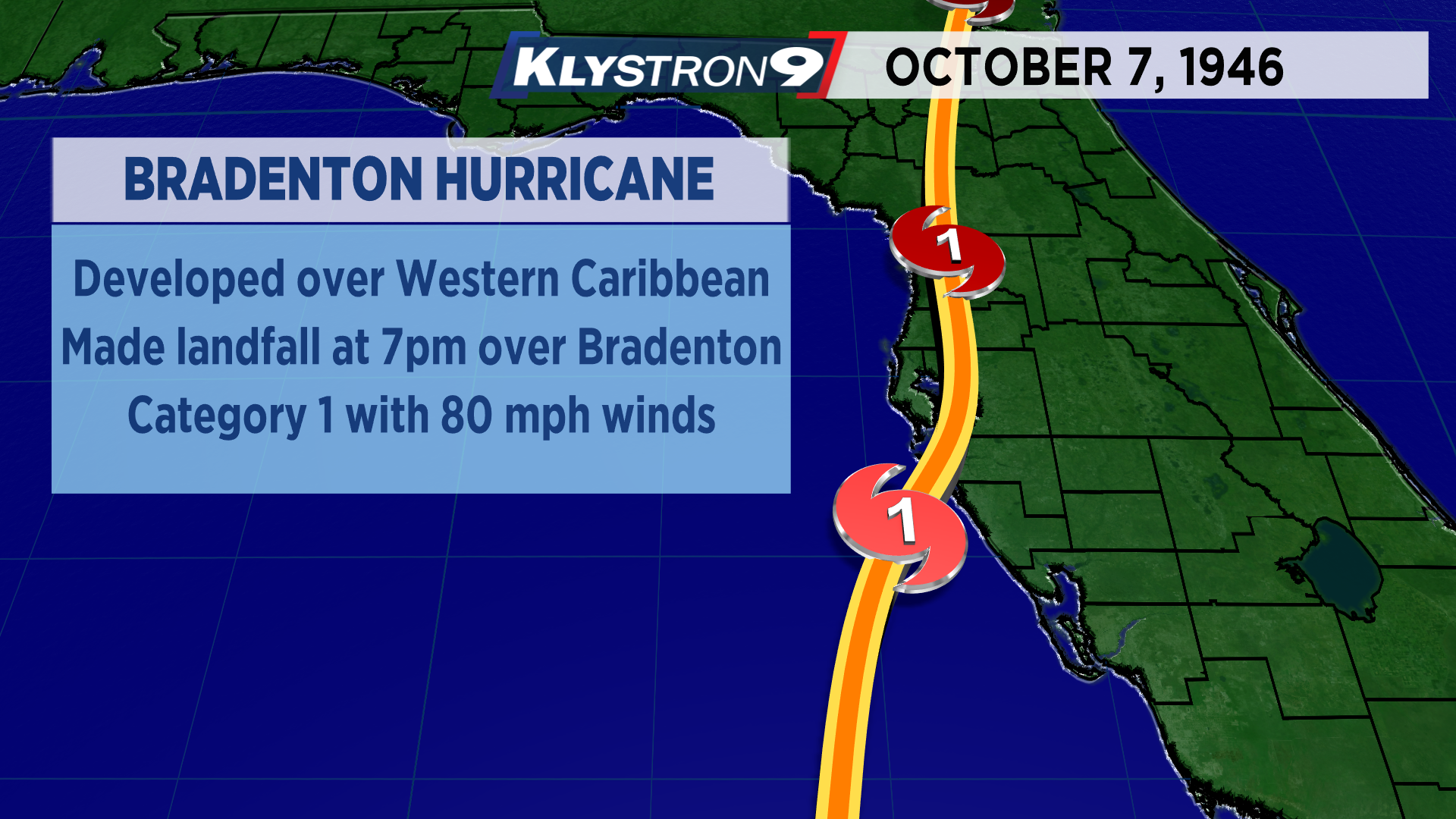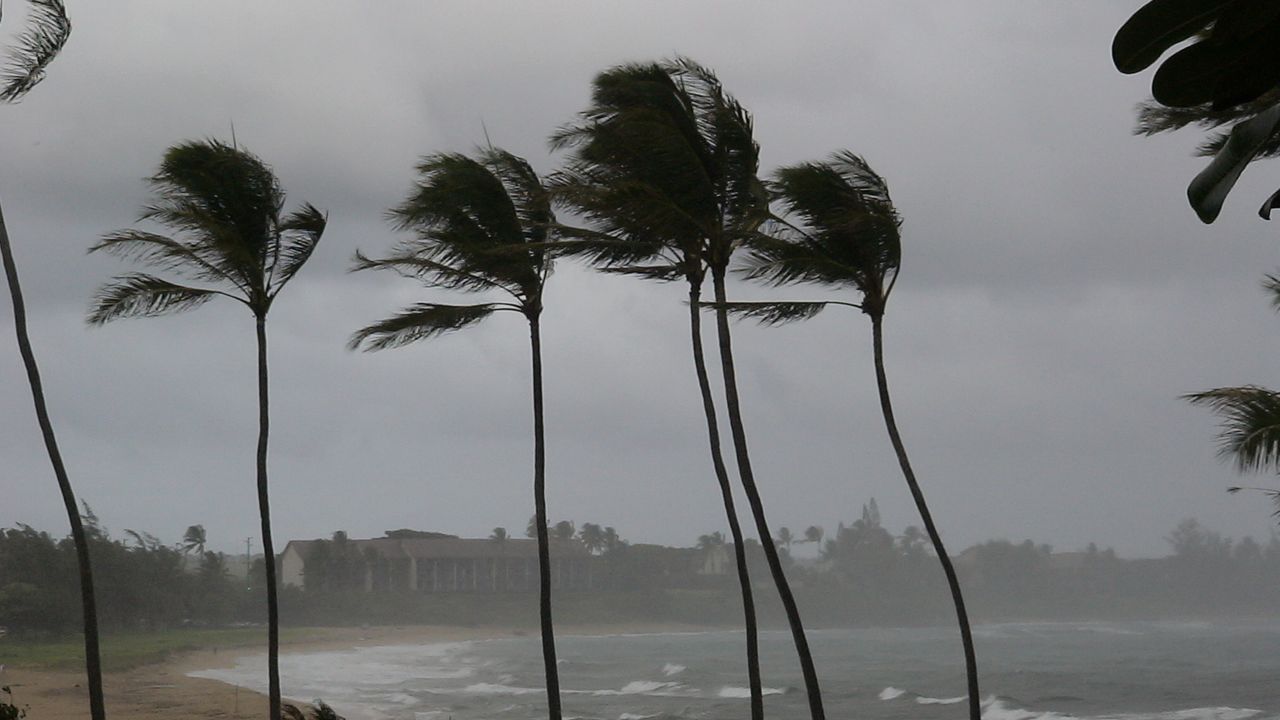Hurricanes are more likely to strike the west coast of Florida in October compared to any other time of the year. There has been an extensive history of hurricane strikes along Florida’s West Coast. Some of the October hurricanes were major hurricanes.
On October 7, 1946, Bradenton took a direct hit from a hurricane. It was known as Hurricane Six. It wasn’t until 1953 that hurricanes were given names. Prior to 1953, tropical cyclones in the Atlantic were assigned numbers.
Just a day before striking Bradenton, the storm was getting its act together over the western Caribbean. It became a tropical storm before tracking north. The morning of October 7, Hurricane Six was over western Cuba, where severe flooding and strong winds were reported.

A reconnaissance flight clocked winds of 132 mph near Cuba but surface winds were not as strong. Hurricane Six strengthened into a Category 2 hurricane near the coast of Cuba. Fortunately, it weakened back into a Category 1 as it raced toward Manatee County.
Later in the afternoon on October 7, Hurricane Six was aiming straight for Manatee County. Residents were preparing for a hurricane and conditions started to go downhill quickly later that afternoon.
Hurricane Six made landfall near Bradenton around 7 p.m. as a Category 1 hurricane with winds near 80 mph. The pressure dropped down to 980 mb as the eye moved onshore.

Tides were reported to be several feet above normal but only caused minimal coastal flooding. Fortunately, the damage from Hurricane Six was minimal with mainly trees and power lines down. There were no reported deaths from the storm, either.
One known impact from the hurricane was the significant crop loss. More than $5 million in crop losses were reported.
The storm continued to track almost due north, leaving the area just as fast as it came in.



